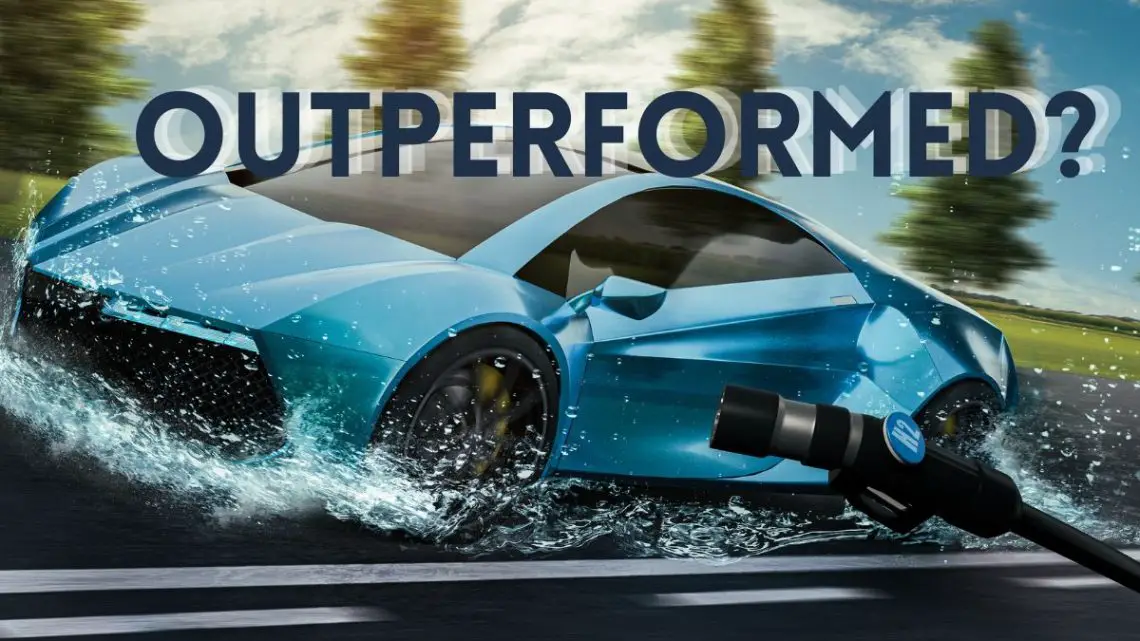
Are hydrogen cars about to be outperformed by liquid nitrogen?
July 27, 2024H2 typically outperforms battery electric for power and range, but is it the winner?
In the race to find the most practical and viable low- or zero-emission passenger vehicle, hydrogen cars and battery electrics have been duking it out for the last several years.
Battery electrics have been the clear winner on North American roads
That said, in terms of performance, many are still pointing to hydrogen cars as the top choice, with a much faster refueling time and a notably longer range. Still, each technology has its downsides, and battery electric vehicles have seen a rapid – though rocky – climb among motorists.
With climate change continually throwing new threats in humanity’s direction all over the world, vehicle makers haven’t simply stopped at two forms of alternative clean transportation technology. There have been other options appearing in tests and pilot programs around the world.
Among the promising technologies that could compete with hydrogen cars is liquid nitrogen
Liquid nitrogen cars haven’t seen much time in the headlines, but there are several projects underway developing new ways to best employ the technology. The fuel appears promising enough that researchers are looking into its potential as a solution within the market, focusing on how it can be used, how it may overcome some of the challenges faced by other technologies, and how its performance will compare with battery electrics and hydrogen cars.

Like H2, liquid nitrogen refuels very quickly, meaning that refueling times can be comparable to today’s gasoline and diesel-powered vehicles. This shows that it will also overcome the challenge of slow recharging times from electric vehicles.
Hydrogen cars can already do that. Since that’s the case, why focus on liquid nitrogen?
A nitrogen engine is comparatively simple and comes with the potential for reduced costs in manufacturing and maintenance. Moreover, since the majority of the Earth’s atmosphere – that is, the ambient air around us – is made up of nitrogen, it’s not difficult to source. This has the potential to overcome some of the challenges associated with obtaining H2 as a fuel.
 The nitrogen itself can be obtained by fractioning air by separation, a process powered by renewable energy.
The nitrogen itself can be obtained by fractioning air by separation, a process powered by renewable energy.
Like both H2 and battery electric vehicles, liquid nitrogen’s use doesn’t lead to greenhouse gas emissions. Instead, it emits only nitrogen, oxygen, and cold air, none of which pollute the atmosphere.
While it’s certain that it will have its own challenges, it is promising to hear about new technologies for clean transportation that may keep up with – or exceed – those we already have.



 With over 15 years of reporting hydrogen news, we are your premier source for the latest updates and insights in hydrogen and renewable energy.
With over 15 years of reporting hydrogen news, we are your premier source for the latest updates and insights in hydrogen and renewable energy.
This is the stupidest article ever! Nitrogen does not burn and if it did you would have massive amounts of NOX. Maybe she is thinking about ammonia. There are engines being developed to use the hydrogen that is in ammonia.
Do you have any information on a nitrogen engin for cars? I agree this is a very interesting option.
It would be safe and harmless on climate and sourcing is simple once having lot of green energy.
Looking for people working on this.
I agree with W Fred Robinson – I naturally assumed this article was about ammonia until I got about half way through and realised they were referring to nitrogen – that well known incombustible gas. Also curious thatt it “emits only nitrogen, oxygen, and cold air, none of which pollute the atmosphere”. Ammonia is NH3, so no oxygen – it consumes it in combustion, rather than emitting it. Are we talking about the decombosition of nitrous oxide to produce oxygen to accelerate the combustion of something else? Curious.